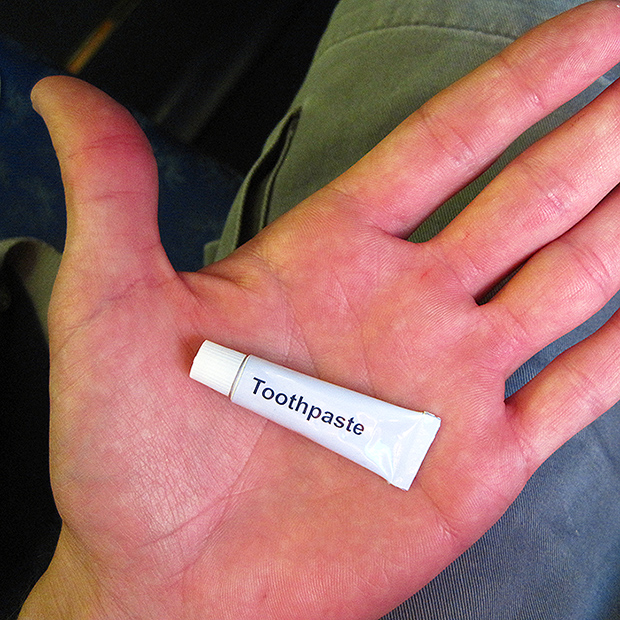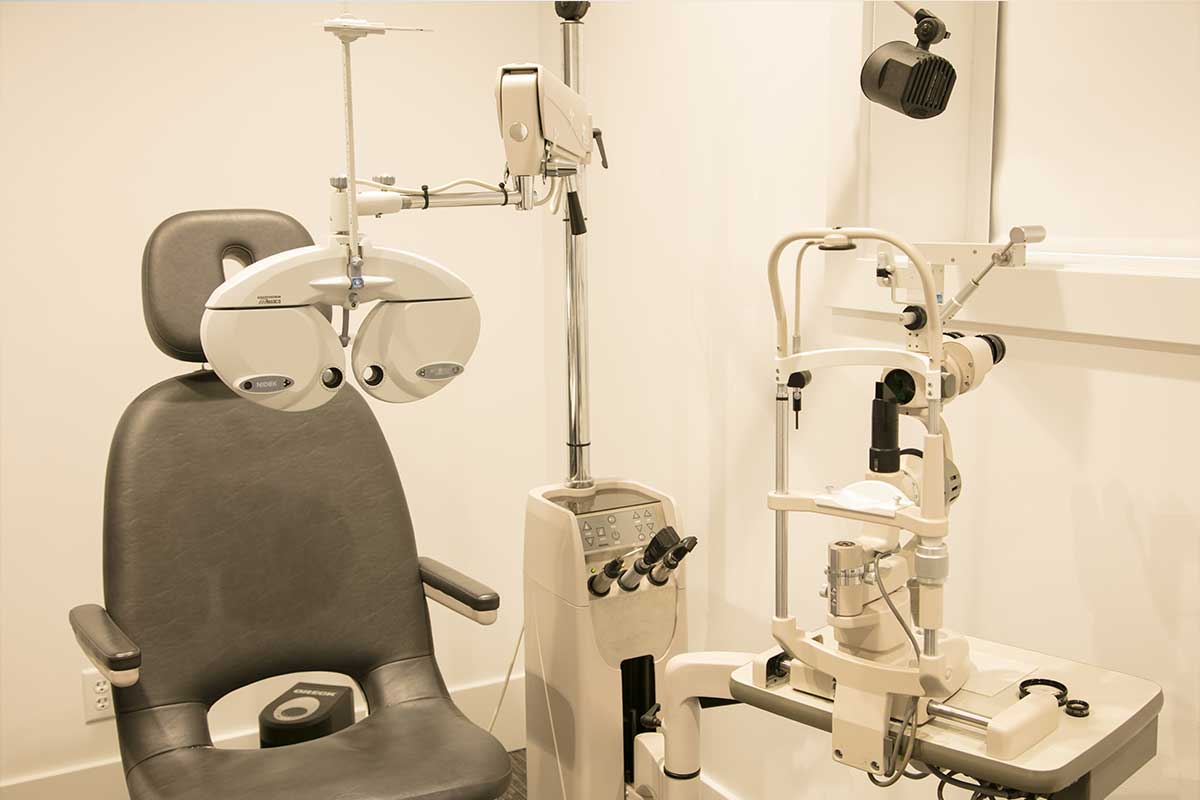A Toothpaste Timeline

Our nightly routine wouldn’t be complete without that minty-fresh toothpaste tingle, right?
But toothpaste hasn’t always been soft and minty. Years ago, it was less pleasant to use.
Toothpaste Existed As Early As 5000 B.C.
The oldest form of toothpaste known was created by the Egyptians. The powder formula included crushed rock salt, mint, pepper, and dried iris flowers. Sometimes, other abrasive materials like ox-hoof ashes, burnt eggshells, or oyster shells were added.
Would You Recognize Toothpastes From The Past?
Around 1780, burnt toast was made into powder and used as a tooth-cleaning agent. That probably wasn’t the best idea. Around 1800 soap was added to tooth powders for “cleanliness”. Not long after that, a smooth paste—the texture we’re used to today—was created for the first time.
In 1873 the first commercially produced toothpaste was sold in jars. It wasn’t until 20 years later that toothpaste was sold in a collapsible tube, similar to those we use today. After the discovery of fluoride’s decay prevention qualities, it was added to toothpaste in 1914.
[iframe http://www.youtube.com/embed/puvk7binHf8?rel=0 620 349]
Modern Toothpaste Has A Few Standard Elements
Each major ingredient in modern toothpaste makes brushing teeth easy, comfortable, effective and tasty. Here are the basic components you’ll find:
- Fluoride fights off decay by strengthening tooth enamel.
- Abrasives scrub the surface of the tooth without scratching or damaging enamel.
- Flavors come from sweetening agents such as saccharin or sorbitol. (The ADA won’t give its seal of acceptance to toothpastes with decay-causing sugar.)
- Humectants like sorbitol and glycerol trap water in the toothpaste so that when you squeeze the tube, you get a smooth substance.
- Detergents give us the foaming effect we love in our toothpaste. Sodium lauryl sulfate is the one you’ll most often see.
Get The Most From Your At-Home Dental Care
The important thing to remember about toothpaste is that our toothbrushing habits and technique matter much more than the toothpaste brand we use. However, while shopping for toothpaste, look for the American Dental Association’s (ADA) seal of acceptance. This confirms that a product has met the criteria for effectiveness and safety.
If you have any other questions about your personal oral hygiene routine, talk with us about it! We love to hear from you.





